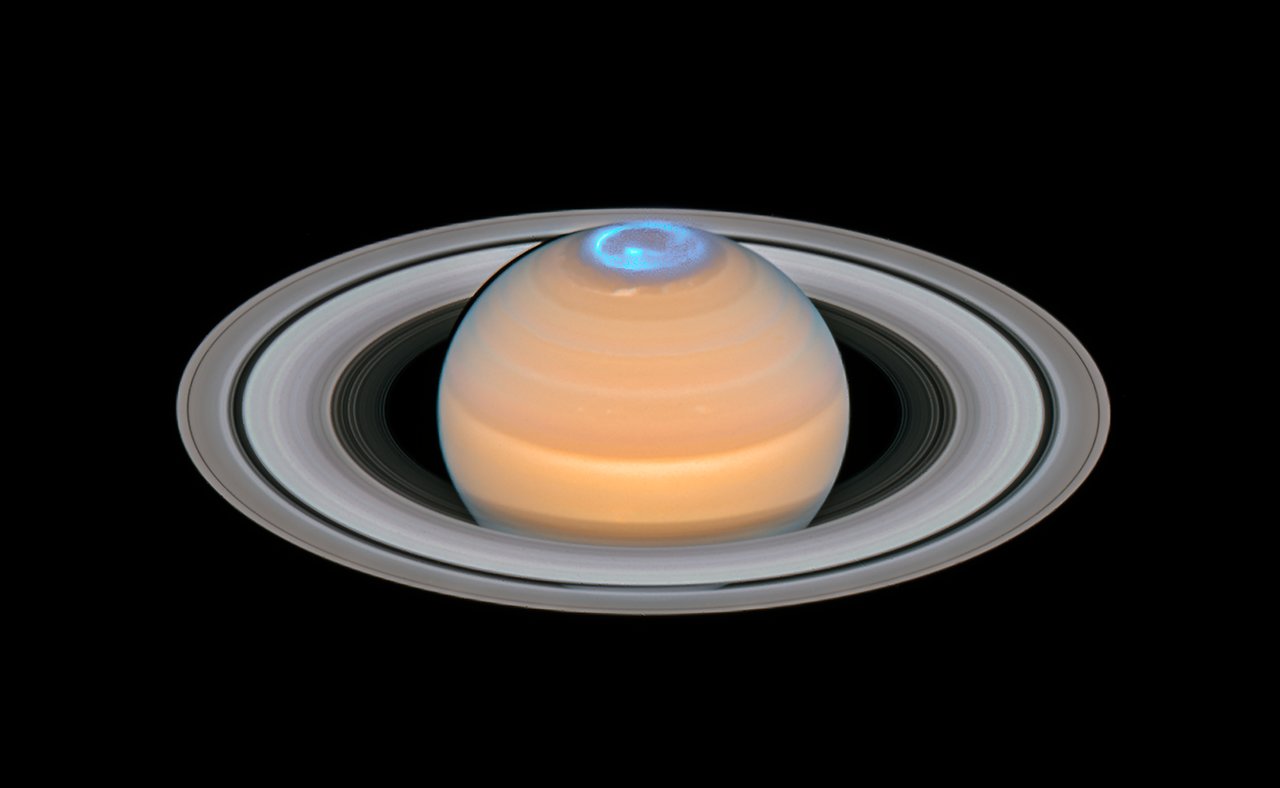I can remember it very well, although not actually sure when it was, back around 1995/1996 I think. I was, like most other keen stargazers very familiar with the sight of Saturn with rings and all. Indeed the view of Saturn with its rings was one of the first things I had ever seen through a telescope and it inspired me into a lifetime passion of exploring the night sky. Every 15 years though, the Earth passes through the plane of the rings and from Earth they seem to vanish. Now, an astronomer has used data taken during such ring plane crossings from the Cassini spacecraft to measure the transparency of the rings.
Ring plane crossings from Earth are interesting but not terribly scientifically useful. A Lancaster University PhD student took data from the Cassini spacecraft when it was flying through the plane of Saturn’s rings and used the data to measure how much sunlight passed through. The concept is quite simple, we know how bright the Sun is, can measure how bright it appears through the rings based on its effect on instruments so can measure their transparency.
The Cassini spacecraft gave us some extra special ring plane crossings and we didn’t have to wait 15 years between them! Cassini was launched in 1997 by NASA/ESA and arrived at Saturn about 7 years later in 2004. It’s path seemed quite extreme having had to first fly by Veus, then Earth, Venus and then Jupiter before eventually arriving at Saturn.

The rather long route was planned to maximise fuel efficiency, using the gravity of other planets to slingshot the probe out to Saturn rather than rely on bucket loads of fuel. The mission at Saturn ended in 2017, 13 years after its arrival but after the plucky probe plunged through the rings 22 times giving us 22 ring plane crossings to study.
As Cassini dived into the shadow of Saturn and its rings, the Langmuir Probe on board the spacecraft recorded changes! It was designed to detect and measure cold plasma (ions and electrons in Saturn’s magnetosphere) but as it hit shadow, there was a dramatic drop in electron production from the instrument. When the metallic probe was in sunlight it generated electrons in a process known as the photoelectric effect but it was the absence of these electrons that helped to understand the measure of optical transparency of the rings.
The study by George Xystouris was a wonderful and inventive way to make use of available data to learn new things. It somewhat reminds me of Eratosthenes’ ingenious experiment using shadows to unravel the circumference of the Earth in 2AD, science is nothing if not inventive.

